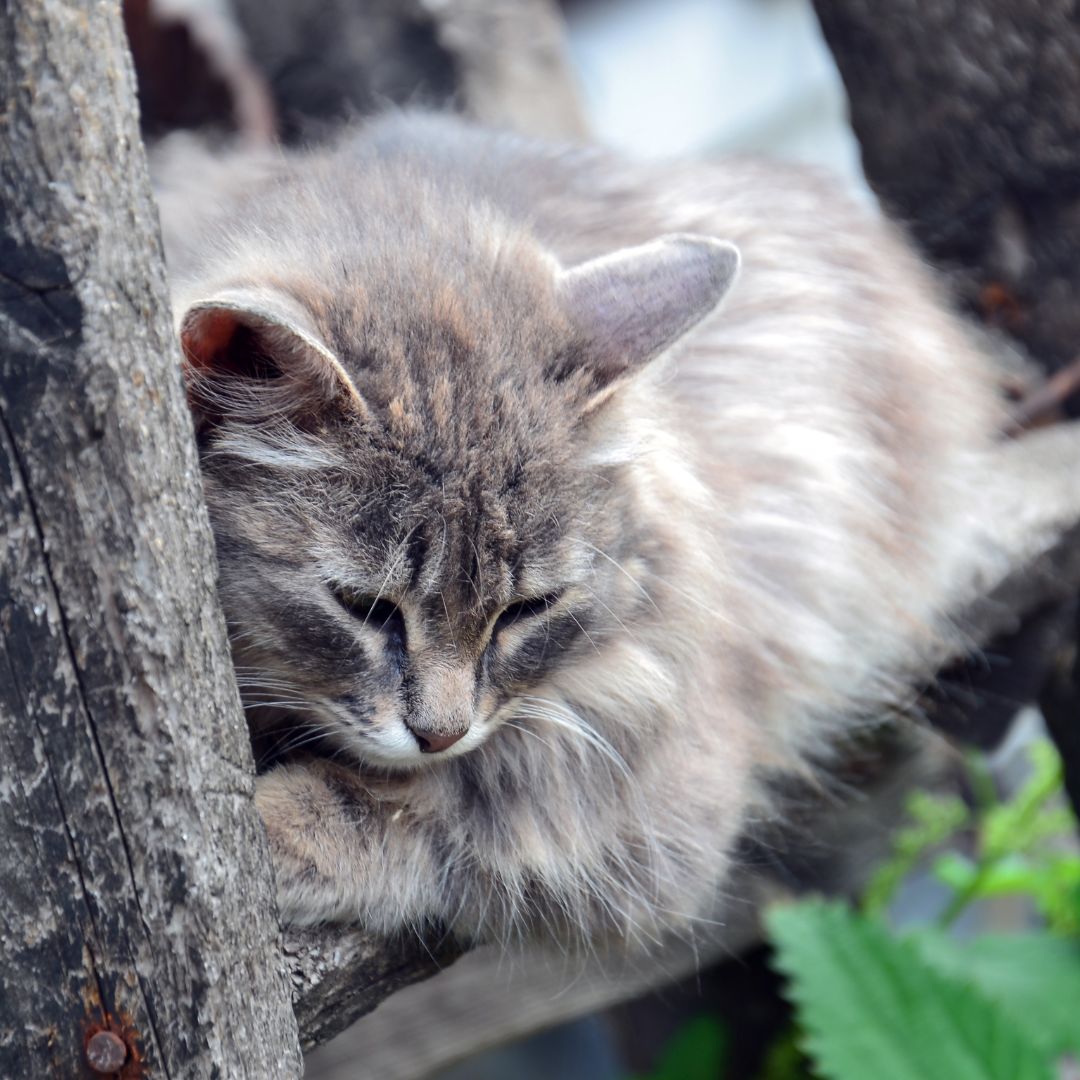
Can Cats Sense Sadness?
Share
Alright, let's delve deeper: contrary to popular belief, your cats are more than just indifferent creatures. In fact, they possess an extraordinary ability to pick up on your emotional cues. Here's a detailed look at why your beloved feline companions are adept at sensing your feelings:
Understanding How Cats Sense Sadness
1. Cats Have Emotions Too
Cats aren't emotionless automatons; they're living beings. Though they can't speak our language, they share a similar emotional spectrum with us. They're capable of empathizing with us when we're sad because they experience similar emotions themselves.
2. Shared Social Environment
Living with a cat is akin to living with family; you share the same space and atmosphere. Consequently, your cat is likely to experience what you do on a day-to-day basis. A household filled with sadness and tension may result in a reserved or agitated cat. However, cats tend to distance themselves from prolonged negative emotions, preferring environments with positive energy.
3. Similar Brain Structures
The similarity in brain structures between cats and humans may play a role in their ability to sense our emotions. Both species share a limbic system, which influences how we process thoughts and emotions. This shared neurological framework could facilitate cats' understanding and response to human emotions like sadness.
Unveiling Cats' Specialized Skills for Sensing Emotions
1. Observation of Human Cues
Cats are remarkably observant creatures, adept at picking up on the habits and behaviors of their human companions. Through keen observation, they learn to recognize indicators of various emotions, both verbal and non-verbal, over time.
2. Recognition of Human Voice
Equipped with highly sensitive senses of smell and hearing, cats can readily distinguish the voices of their owners. This heightened auditory perception enables them to identify their human family members and instinctively seek their company.
3. Unique Modes of Communication
While cats may not communicate in the same way humans do, they possess various vocalizations to convey their intentions and emotions. Their purring, for instance, can have a calming and reassuring effect, serving as a form of communication and companionship.
4. Emotional Connection with Owners
Cats often form strong emotional bonds with their owners, demonstrating their affection and concern in subtle yet meaningful ways. They may seek closeness during times of distress or sadness, offering comfort through physical presence and affectionate gestures.
Manifestations of Care and Affection
Despite their sometimes aloof demeanor, cats exhibit signs of affection and care, particularly when their owners are feeling down or unwell. These gestures include:
- Sitting on their owner's lap or sleeping beside them
- Engaging in kneading behavior, which is akin to giving a massage
- Grooming their owner, demonstrating nurturing behavior
- Bringing presents, such as toys or prey, as a gesture of provision and affection
- Welcoming their owner home with subtle yet heartfelt displays of appreciation, showing their attachment and concern.
